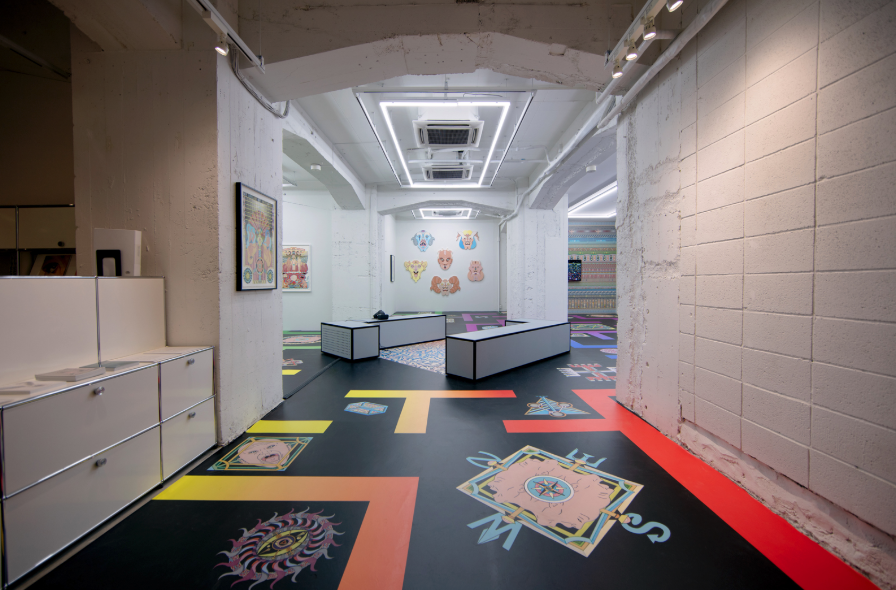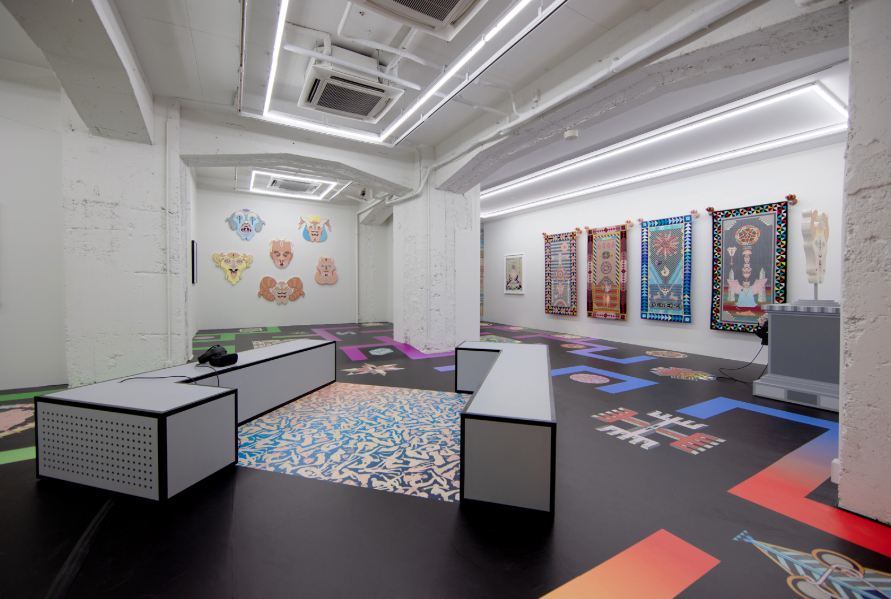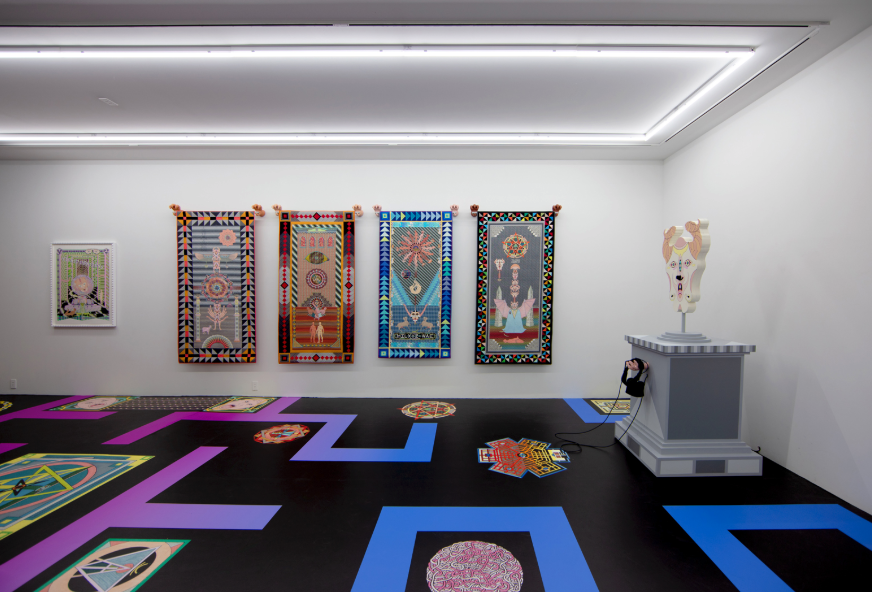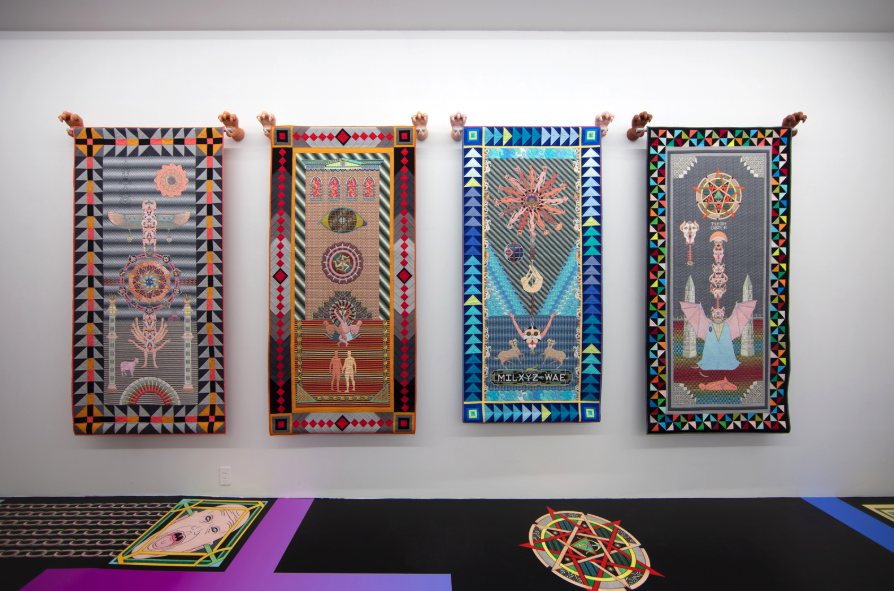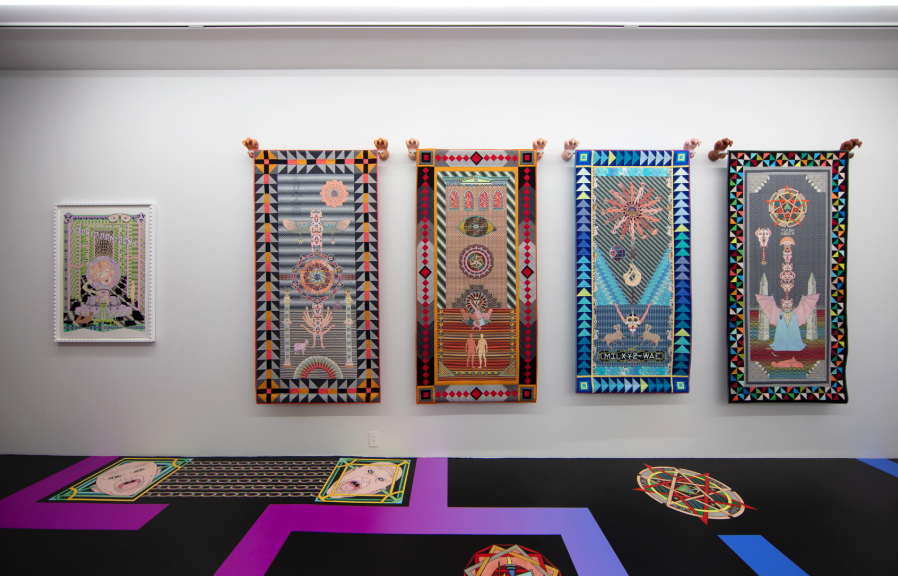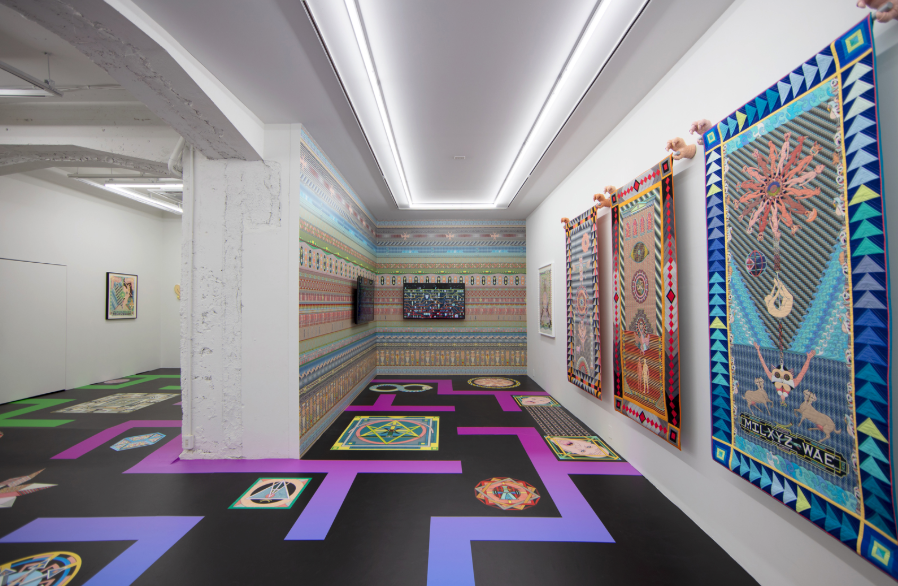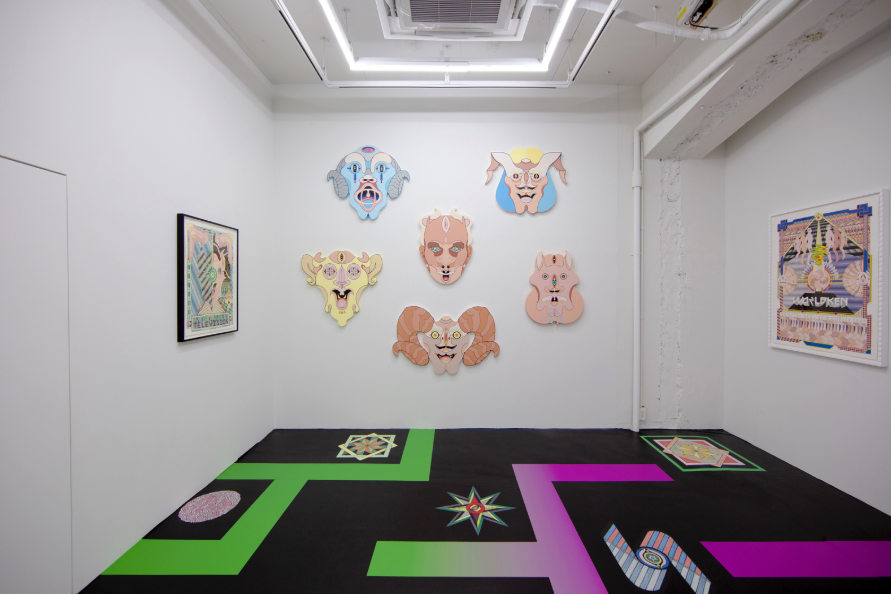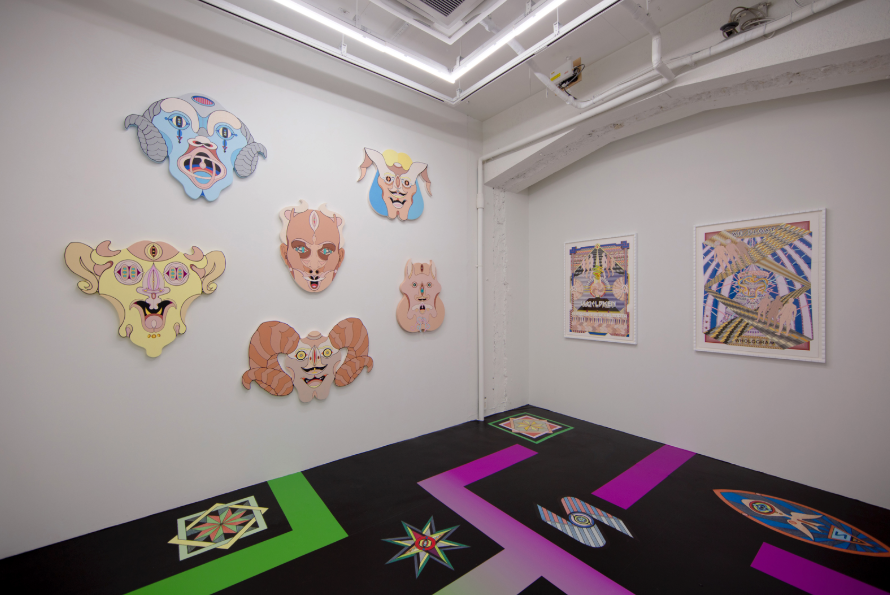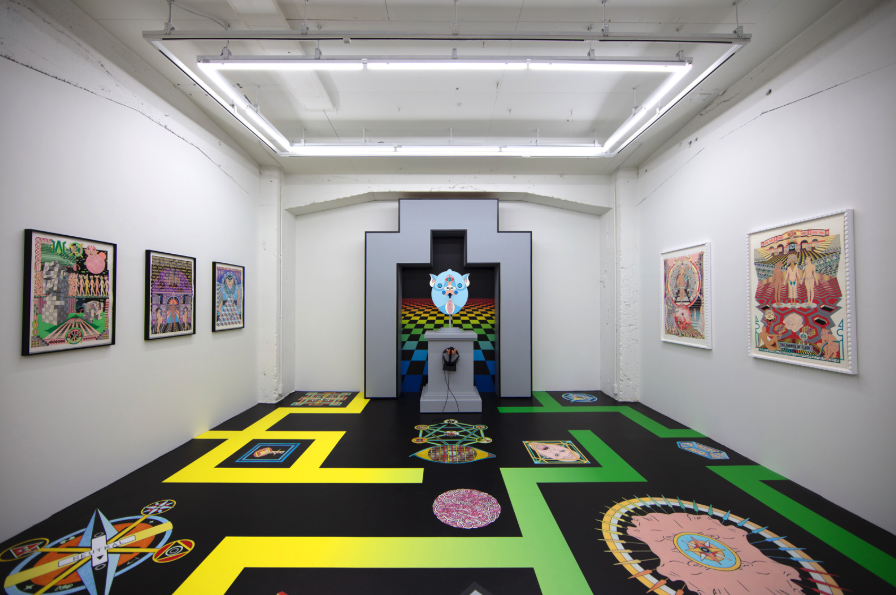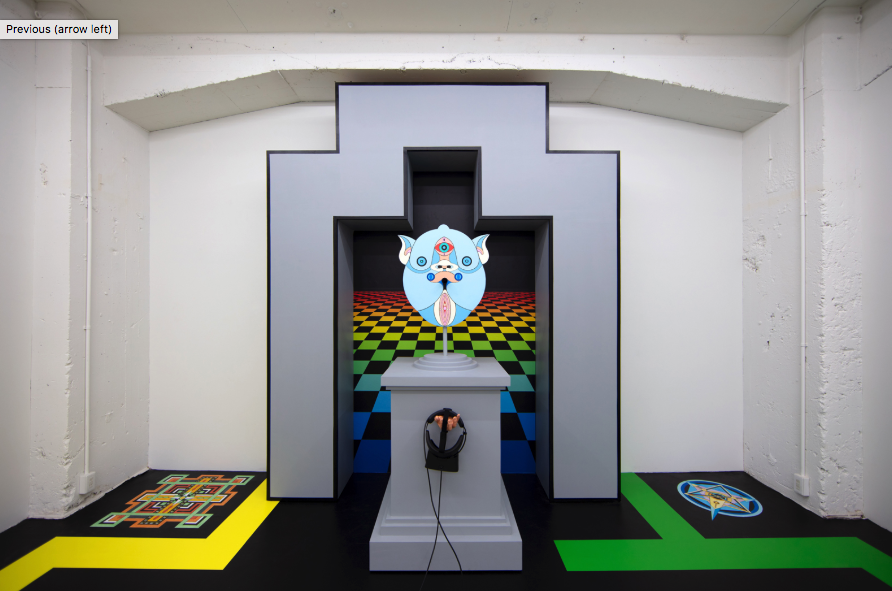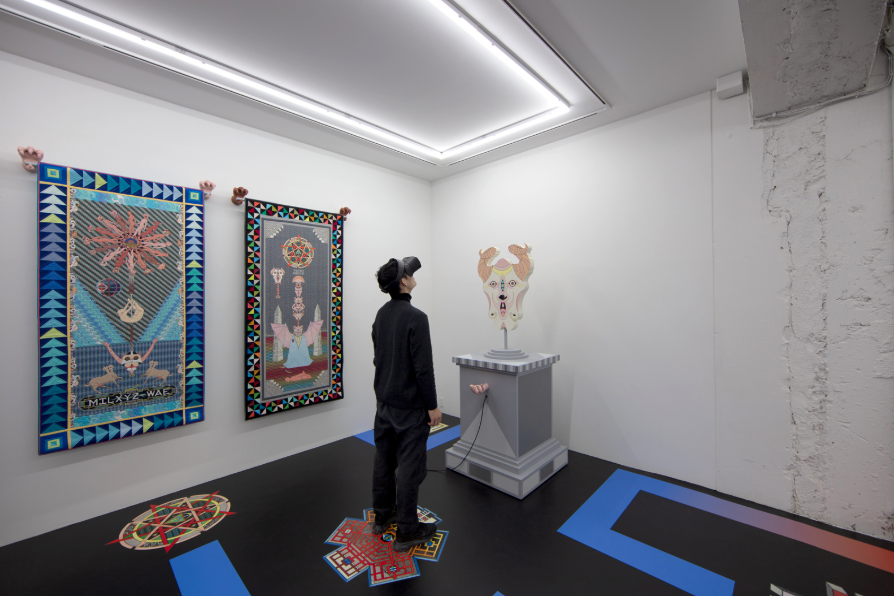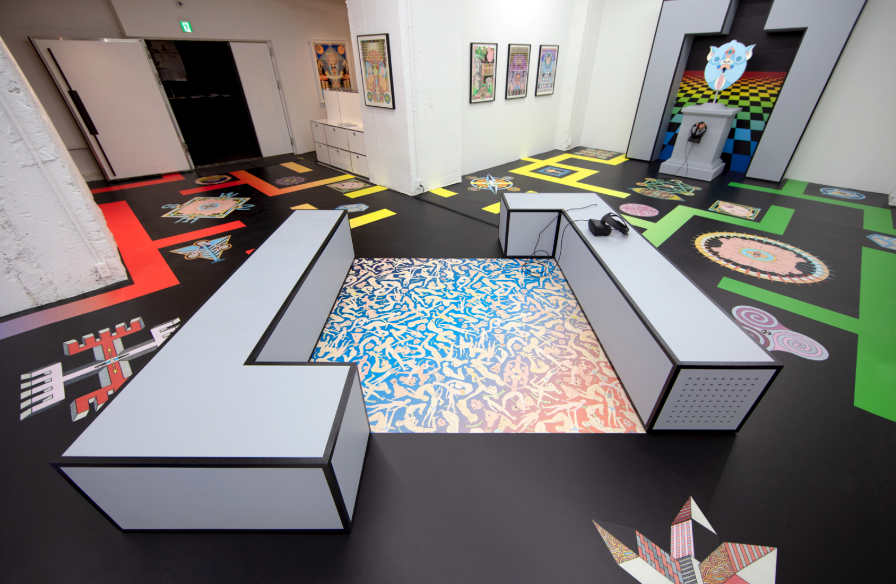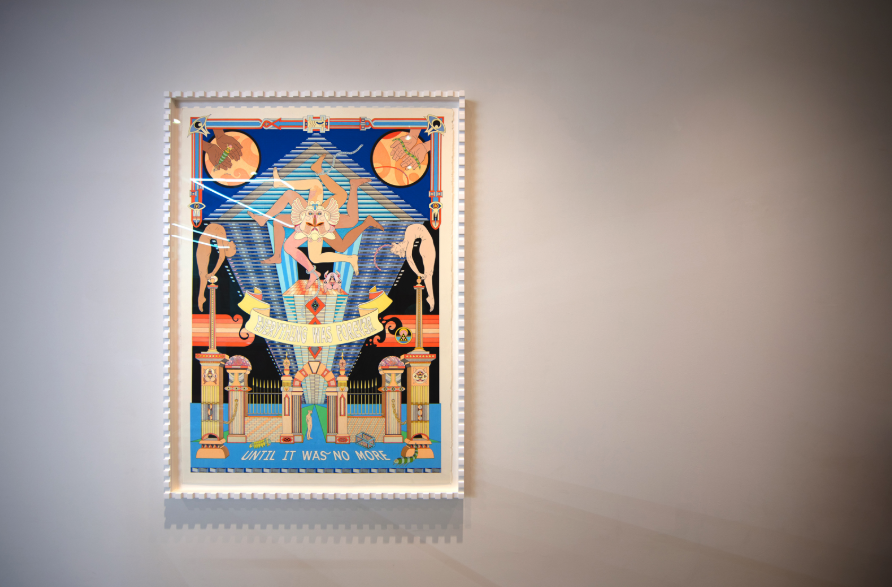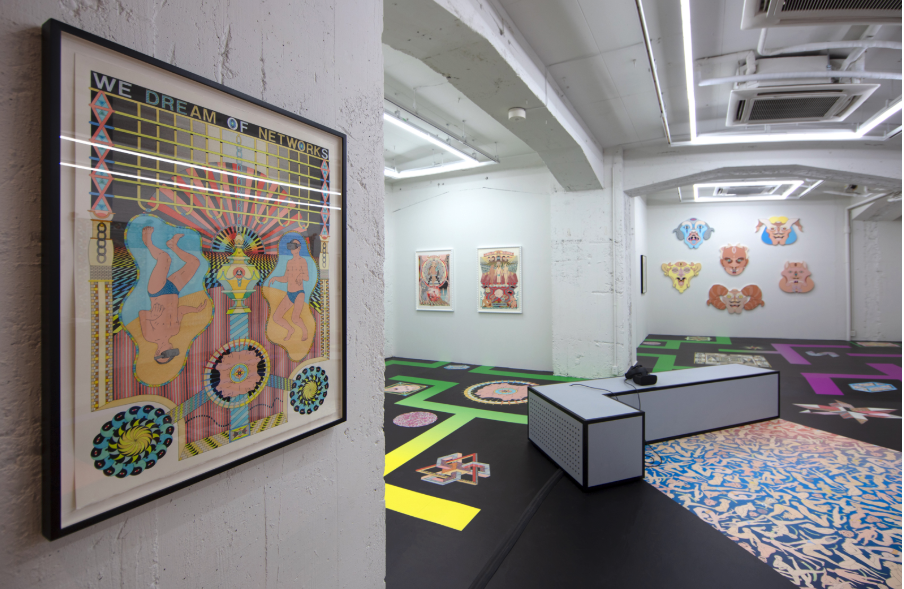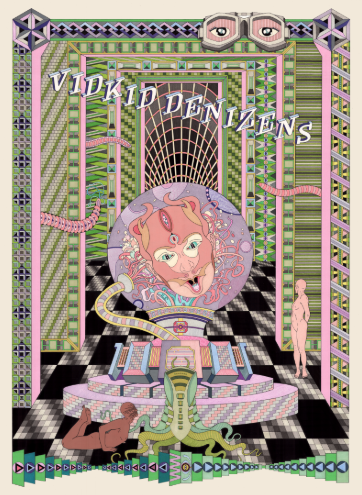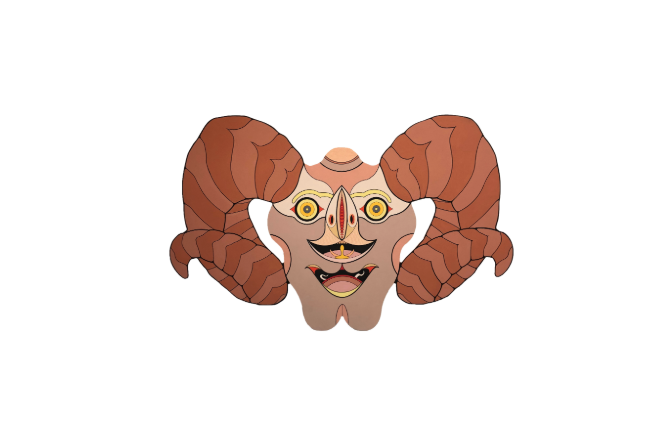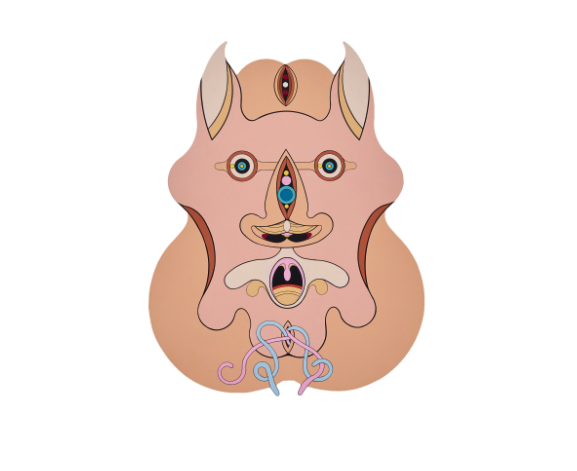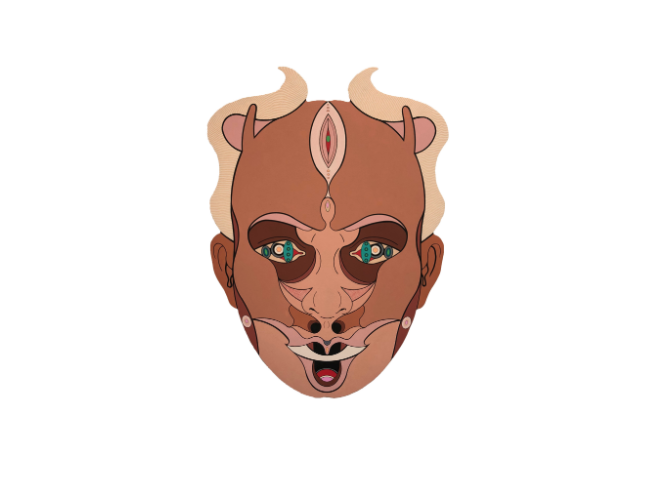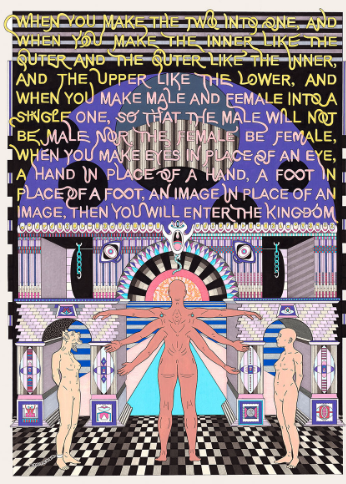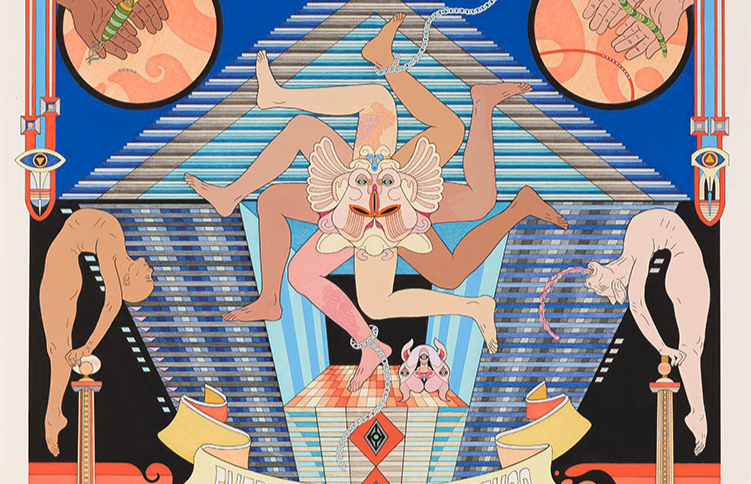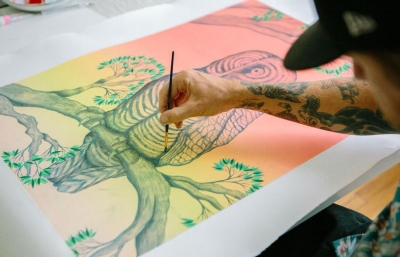Within all the Miami madness, we forgot to mention the opening of one of our favorite artists, Jess Johnson, in NEON MEAT DREAM at NANZUKA in Tokyo. Born in New Zealand and currently based in New York, this exhibition marks the artist’s first solo presentation in Japan.
In recent years, Johnson has actively held exhibitions in numerous locations including Heide Museum of Contemporary Art (2019, Australia), Tauranga Art Museum (2019, New Zealand), Christchurch Art Gallery(2018, New Zealand), and the National Gallery of Australia (2018, Australia). In particular, her VR (virtual reality) works created in collaboration with Simon Ward are attracting significant attention as a new art form that combines technology and imagination.
In addition to Johnson ’s drawing works, this exhibition will present a series of quilts made with her mother, Cynthia Johnson, and a large-scale installation using VR and visual works produced in collaboration with Ward.
Johnson’s elaborate drawings works are characterized by their depictions of genderless humanoid figures from alternative realms, alien creatures with facial features reminiscent of bats, and worm-like tubes snaking across architectural structures from times unknown –luring viewers into a highly condensed illusion where elements that influenced her such as intercultural patterns and symbols, horror movies and science-fiction, and the world of early video games, integrate and coalesce. The video work “Genetekker Archaic” is a two-screen animation work based on the methodology of early video games in which players navigate their way through a dungeon by manipulating the characters. In the same way, the humanoids featured there all continue to wander around as if searching for the exit from the virtual labyrinth within which they remain captive. The VR work "Terminus" consists of a variety of core aspects, wherein Ward renders a world depicted by Johnson into 3D imagery, while incorporating sound composed by Andrew Clarke. It is an experience-based work in which viewers are invited to drift through a world of a virtual civilization that neither presents itself as dream nor reality. In our current age in which VR platforms continue to widely spread, this work suggests how the sense of realness and actuality that permeates the virtual realm is in fact closely approaching that of the real world. It can also be interpreted as a work that reminds us once more about the power that our imagination and consciousness brings to realism, or the very concepts of perception and existence.



